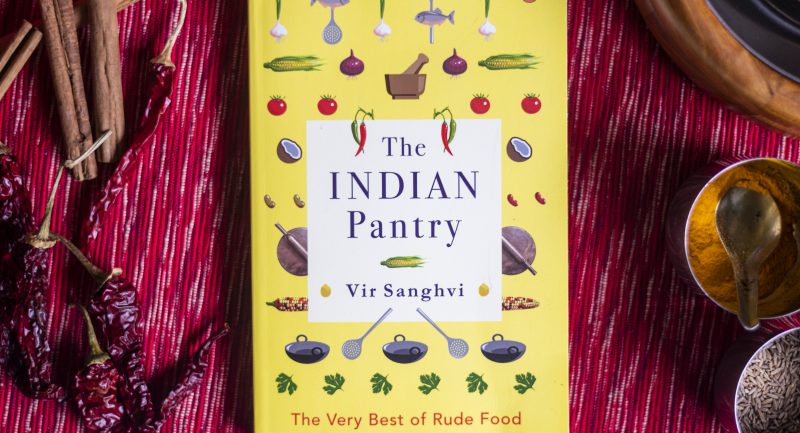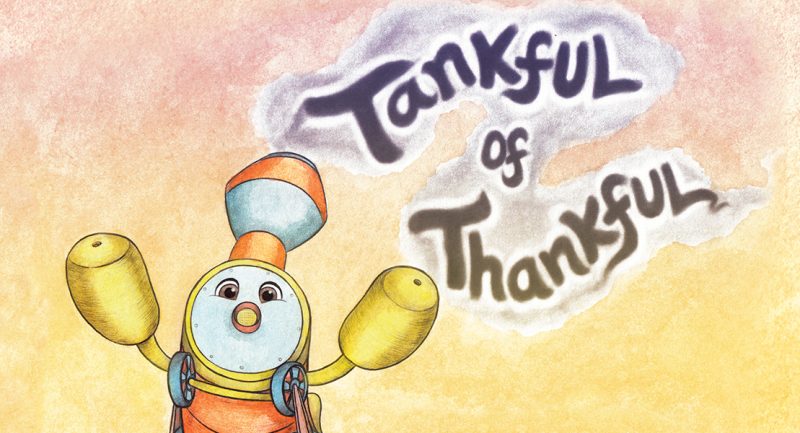
Steve Jobs created Apple, one of the most successful brands on this planet. Apple is remarkable because it has married design and technology marvelously, time and again, generating sensuous products that millions of human beings across the world lust for. Jobs himself attributes a good part of this Apple magic to his curiosity.
In his famous commencement speech delivered at Stanford University in 2005, he gave an example of how, during his student days, he decided to take a calligraphy class at Reed College out of sheer curiosity. He said he learnt about serif and sans serif typefaces in this class, about varying the space between different letter combinations, about what makes great typography truly great. He called this learning experience beautiful, historical and artistically subtle in a way that science cannot quite capture.
He went on to say, ‘None of this had even a hope of any practical application in my life. But ten years later, when we were designing the first Apple Macintosh computer, it all came back to me. And we designed it all into the Mac. It was the first computer with beautiful typography. If I had never dropped in on that single course in college, the Mac would have never had multiple typefaces or proportionally spaced fonts. And since Windows just copied the Mac, it’s likely that no personal computer would have them.’ He added, ‘Much of what I stumbled into by following my curiosity and intuition turned out to be priceless later on.’ The sheer beauty of Apple products, which is a huge contributor to the brand’s success, owes something to its creator’s curiosity.
Just like Apple, so many great brands have their roots in the curiosity of marketers. Consider Tata Tea, the leading brand of tea in India today. This brand was born out of the curiosity of Darbari Seth, who was chairman of several Tata companies in the mid-1980s. He wondered why tea could not be packaged in an airtight polythene pillow pack (polypack), rather than in the cardboard cartons that were the norm at that time. His visits to various Indian towns had shown that consumers were very happy with these flat pillow packs for another commonly used kitchen product: salt. Seth had, a few years earlier, already launched the popular Tata Salt brand.
In addition, his own explorations into two very different spaces gave rise to some thoughts that he could toss around. From his numerous informal conversations with traders during the early days of Tata Salt, he had learnt that the strong smell of spices permeates all Indian kirana stores, which, in turn, taints various products stocked in these stores, including tea. Seth’s explorations into the world of science—he spent many decades working as a chemical engineer—had left in his mind the clear impression that polypacks made from a laminate of polythene and polyester would be significantly better than cardboard cartons, ensuring tea leaves were safe from these strong spice smells. So, driven by these curiosity inspired reflections, he went ahead and launched Tata Tea in laminate polypacks in 1987. This kept the plantation-packed tea fresh and untainted, and the brand went on to become a huge success.
I had the good fortune of working as a junior member of Seth’s team in Tata Tea during those years, and have seen at close quarters how curious he was by nature. I would accompany him on his visits to London, and I was often dumbfounded by the sheer number of questions he would ask me on just about everything. He inspired the creation of two of India’s strongest consumer brands—Tata Salt and Tata Tea. Interestingly, quite similar to how Microsoft copied the amazing typography of the Apple Macintosh, hundreds of other Indian tea brands have copied Tata Tea’s winning polypack. You will find them available across the country today.










